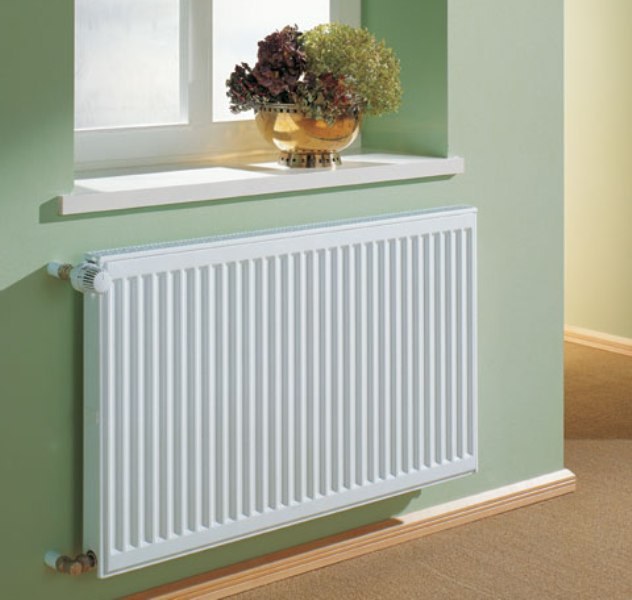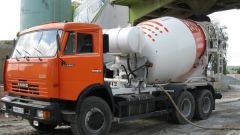Instruction
1
To calculate the volume of the heat carrier in the heating system when it replacement or reconstruction special use design tables available in reference editions. So, one section of the aluminium radiator has a volume of 0.45 liters of coolant, the section of the new iron battery – 1 L., section of old cast-iron batteries – 1.7-liter one meter pipe with a diameter of 15 mm – 0,177 l of coolant, and if used, the pipe diameter, e.g. 32 mm, the volume is 0.8 l and so on.
2
One of the most common occasions when you want to find out the amount of system of heating – the installation of the expansion tank and feed pumps. Total volume system heating at the same calculate by adding the volumes of the boiler, heating devices (radiators) and piping part of the system by the formula:V = (VS x E) / d, where V is the volume of the expansion vessel; VS is the total volume of the system (boiler, radiators, pipes, heat exchangers etc); E - the coefficient of expansion of the liquid ( % ); d - efficiency of the expansion tank.
3
The calculations consider such factors as the expansion of the fluid. For water systems, heating it is approximately 4%. In the case of use in the system of ethylene glycol expansion coefficient of approximately 4.4 percent.
4
For less accurate calculating system of heating , use a formula based on power: 1 kW = 15 HP For such approximate calculations require knowledge of the power system of heating, the need for details to calculate the size of pipes, radiators, the boiler and other elements of the system disappears. Example: if the heating power for a residential building is 50 kW, the total volume system heating VS is computed as:VS = 15 x 50 = 750 L.
5
When conducting calculations keep in mind that in the case of use in the system of heating and new modern radiators and pipes, the volume of the system would be less. Detailed information can be found in the technical documentation of the hardware manufacturer.




